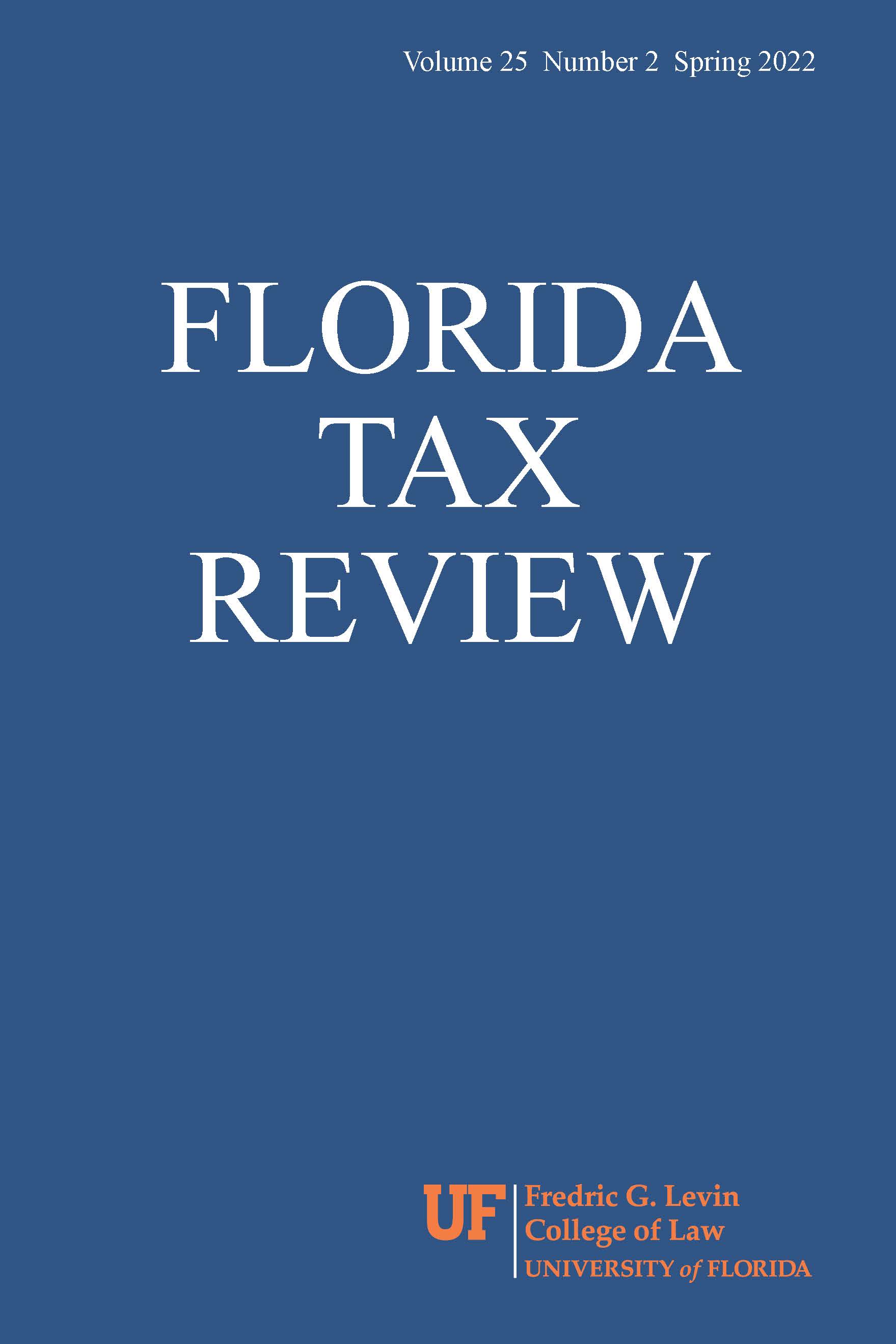The Architecture of the Country-by-Country Minimum Tax Regime Proposed by the United States
Main Article Content
Abstract
The Article discusses the structural dynamics that will underlie the international negotiations prompted by a U.S. proposal about a minimum global tax. Part I outlines the main features of this proposal, while Part II describes in more in detail how home countries can upgrade their strategies against profit-shifting and tax competition through a “country-by-country minimum tax” under a comprehensive agreement pursued at the OECD/G20 level. The Article then discusses at Part III discusses how we are heading toward an “international tax regime,” a concept drawn from international relations and now brought to bear in international taxation, presenting a grammar of tax concepts about multilateralism and cooperation together with a description of how rational choice theory can be applied to collective action problems. Part IV discusses in more in detail the functioning of the minimum tax regime proposed by the United States, while Part V discusses how this approach can be advanced by the United States acting as initiator through minilateralism, the variant of multilateralism which requires the inclusion in a compact of the smallest possible number of countries
needed to have the largest possible impact on solving a pervasive tax problem. Part VI draws some preliminary conclusions about the country-by-country minimum tax regime at the OECD level. The Article concludes at Part VII by canvassing a potential paradigm shift in international taxation toward cooperative minilateralism as we move in the direction of a global minimum tax.

